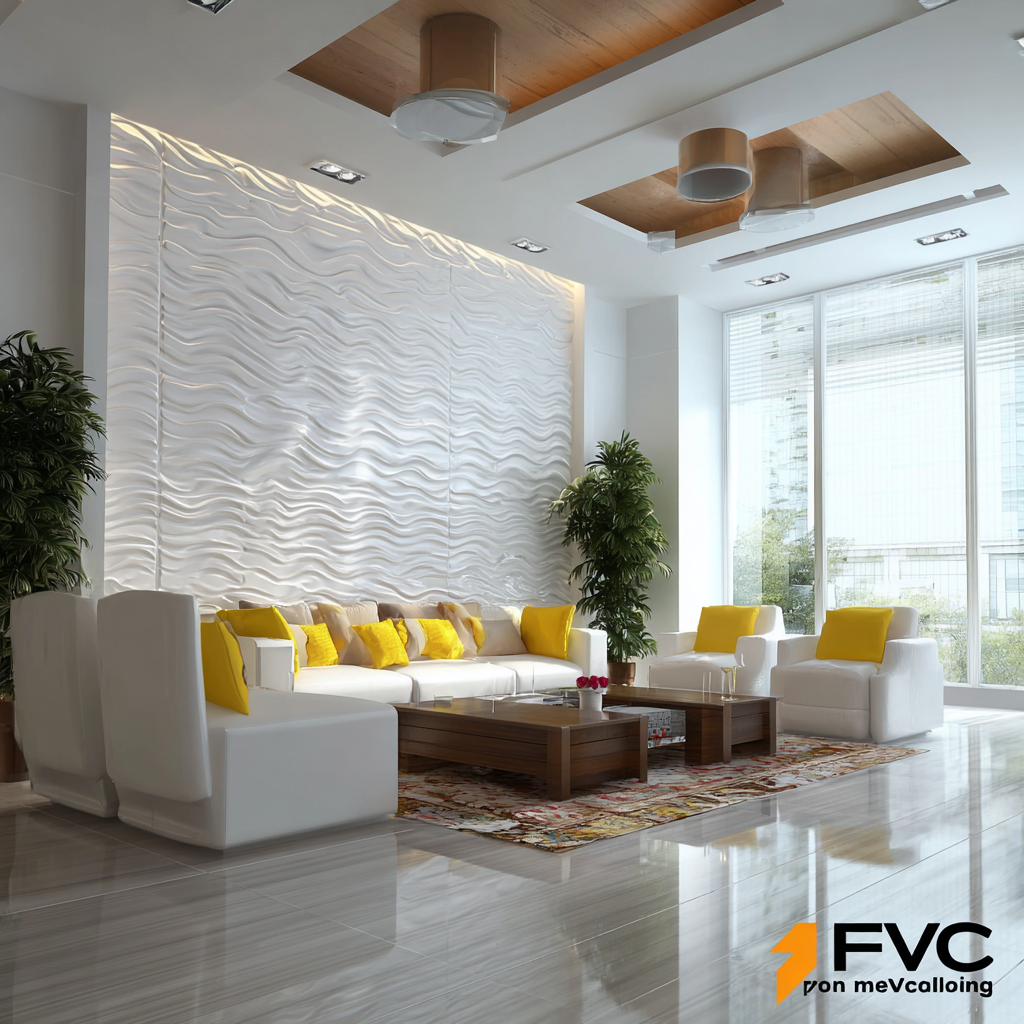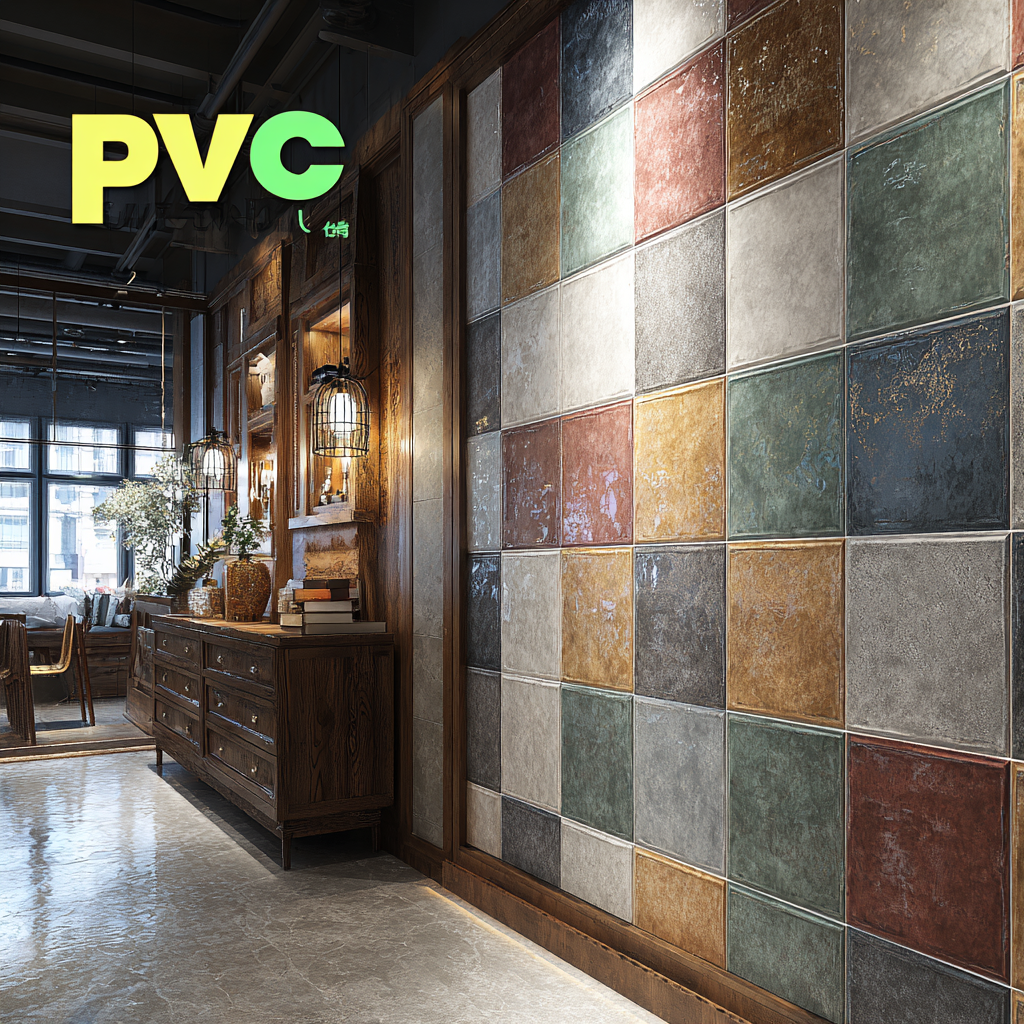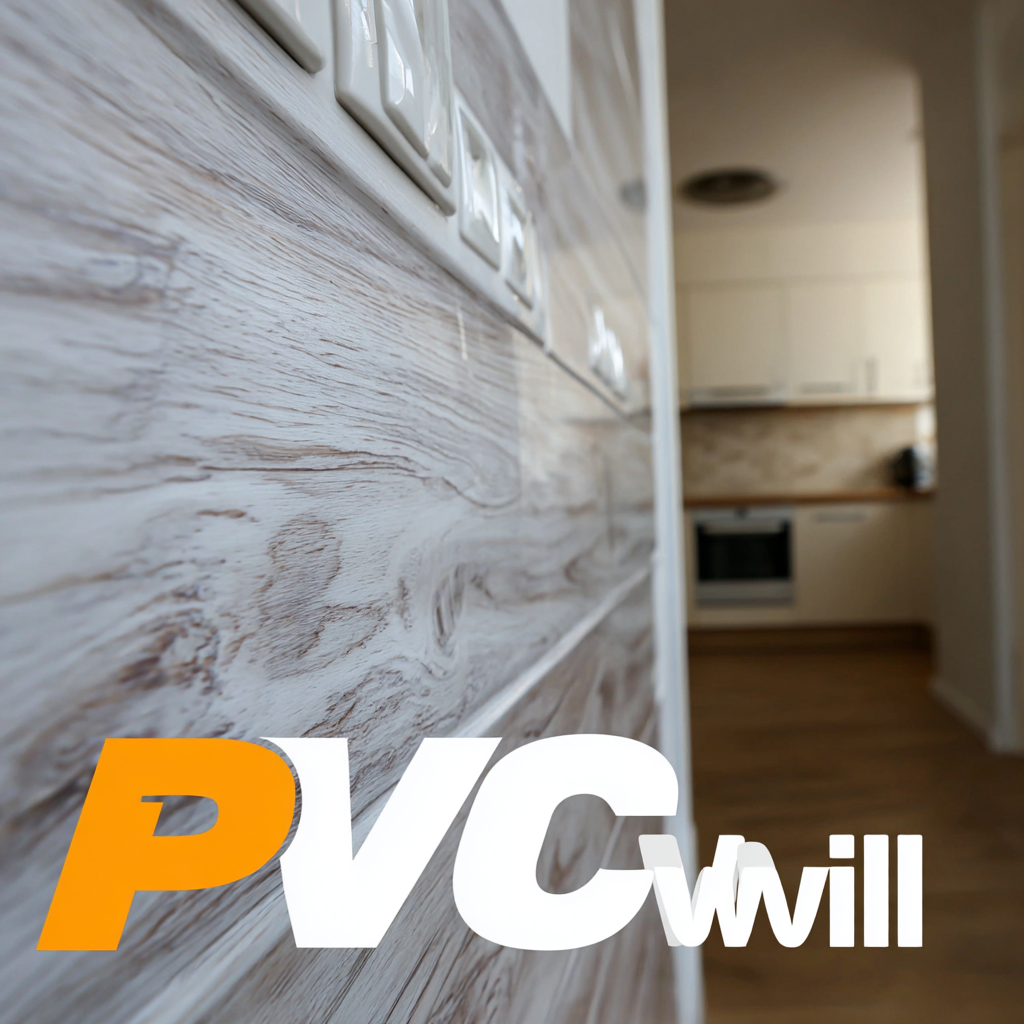
The interior design industry is undergoing a significant transformation, particularly with the increasing adoption of innovative materials such as PVC wall cladding. According to a recent market research report, the global market for PVC wall cladding is projected to reach USD 40 billion by 2026, driven by its excellent durability, versatility, and aesthetic appeal. As designers and homeowners alike seek sustainable and affordable solutions, PVC wall cladding stands out for its ability to mimic various textures and finishes, making it a popular choice for modern interiors. Moreover, advancements in technology have led to the development of eco-friendly and recyclable options, aligning with the growing demand for sustainable building materials. This blog will explore the future of interior design by examining the latest innovations in PVC wall cladding, offering a comprehensive checklist for designers and homeowners eager to enhance their spaces with this remarkable material.

The rise of PVC wall cladding in modern interiors reflects a significant shift in design trends, where aesthetics meet practicality. This innovative material offers a wide range of textures, colors, and finishes, allowing designers and homeowners to explore creative possibilities without sacrificing durability. With its ability to mimic natural materials such as wood and stone, PVC wall cladding provides an elegant solution for enhancing any space, from residential homes to commercial establishments.
Furthermore, the eco-friendly nature of modern PVC cladding is a game-changer in interior design. Manufacturers are increasingly using recycled materials and sustainable practices, making it a preferred choice for environmentally conscious consumers. This trend aligns with the growing demand for sustainable living solutions, proving that stylish design can coexist with responsible consumption. As more people embrace the unique combination of form and function offered by PVC wall cladding, its presence in contemporary interior design continues to expand, redefining the future of home and commercial aesthetics.
Sustainable design is becoming an essential aspect of interior decor, and PVC wall cladding stands out as a leading choice for eco-conscious consumers. By utilizing recycled materials in its production, PVC wall cladding minimizes waste and reduces reliance on natural resources. Its durability, coupled with minimal maintenance needs, ensures a prolonged lifespan that decreases the frequency of replacements, ultimately lowering environmental impact.

When considering PVC wall cladding options, here are a few tips to keep in mind. First, choose products that are certified for sustainability, ensuring they meet eco-friendly standards. Second, explore different textures and finishes that mimic traditional materials, allowing for an aesthetically pleasing design without compromising on eco-value. Lastly, look for local manufacturers to reduce carbon emissions associated with transportation, thereby supporting sustainable practices within your community.
In addition to being sustainable, PVC wall cladding offers excellent insulation properties. This not only contributes to energy efficiency but also helps reduce heating and cooling costs. Opting for cladding with enhanced insulation features can significantly benefit both your home’s comfort and your wallet. As designers and homeowners alike seek more sustainable building materials, PVC wall cladding is poised to lead the way into a greener future.
The versatility of PVC wall cladding has made it a go-to choice for enhancing interior aesthetics across various design styles. From modern minimalism to rustic charm, PVC panels provide an adaptable solution for homeowners seeking to elevate their spaces. With a wide range of colors, textures, and finishes, these panels can seamlessly integrate into any decor, adding depth and character to walls without overwhelming the existing design elements.
In 2024, some of the latest PVC wall panel design ideas promise to revolutionize interior spaces even further. Innovations include textured patterns that mimic natural materials such as wood or stone, adding a touch of organic elegance to interiors. Additionally, sleek, high-gloss options are gaining popularity, allowing for vibrant pops of color that can energize a room. Whether you prefer an understated ambiance or a bold statement, PVC wall cladding offers opportunities to personalize your living areas while ensuring durability and easy maintenance. Embracing these innovative designs not only enhances the visual appeal but also reflects a commitment to modern, functional living spaces.
The installation of PVC wall cladding has evolved significantly, streamlining the process and enhancing efficiency for both DIY enthusiasts and professionals. According to a recent report from Grand View Research, the global PVC wall cladding market is projected to reach $8.6 billion by 2025, reflecting a growing preference for durable and versatile materials in interior design. This growth is a testament to the ease of installation and maintenance that PVC cladding offers.
To simplify the application process, consider these tips: First, ensure that your wall surface is clean and dry before installation. This not only promotes better adhesion but also enhances the longevity of the cladding. Second, familiarize yourself with the tools required, such as a cutting tool and adhesive, to make your installation process smoother. Finally, always double-check your measurements to prevent costly mistakes and ensure a perfect fit.
As innovation continues to shape the industry, integrating new techniques and materials can optimize installation. Enhanced interlocking systems, for instance, minimize the need for extensive adhesives while maximizing aesthetic appeal. By embracing these advancements, homeowners can achieve a stunning look with less time and effort.
 As we move further into the 21st century, the world of interior design is rapidly evolving, with cutting-edge technologies making their way into every element of our living spaces. PVC wall cladding is no exception, now incorporating smart features that enhance not only aesthetic appeal but also functionality. Imagine walls that can adjust their color and texture based on your mood or the time of day, utilizing smart sensors to create an adaptable environment that reflects your lifestyle. This innovation is not only visually appealing but also promotes a sense of well-being, transforming interiors into personalized sanctuaries.
As we move further into the 21st century, the world of interior design is rapidly evolving, with cutting-edge technologies making their way into every element of our living spaces. PVC wall cladding is no exception, now incorporating smart features that enhance not only aesthetic appeal but also functionality. Imagine walls that can adjust their color and texture based on your mood or the time of day, utilizing smart sensors to create an adaptable environment that reflects your lifestyle. This innovation is not only visually appealing but also promotes a sense of well-being, transforming interiors into personalized sanctuaries.
Moreover, with the integration of smart technology, PVC wall cladding can become an integral part of your home automation system. Equipped with sensors and connectivity, these wall panels can help regulate energy efficiency by monitoring temperature and humidity levels, ultimately reducing energy costs. Additionally, they can play a role in home security, featuring built-in cameras or motion detectors that seamlessly blend with the design. As we embrace these advancements, PVC wall cladding is set to redefine our expectations of interior design, providing a perfect blend of style, smart technology, and sustainability for tomorrow's spaces.
